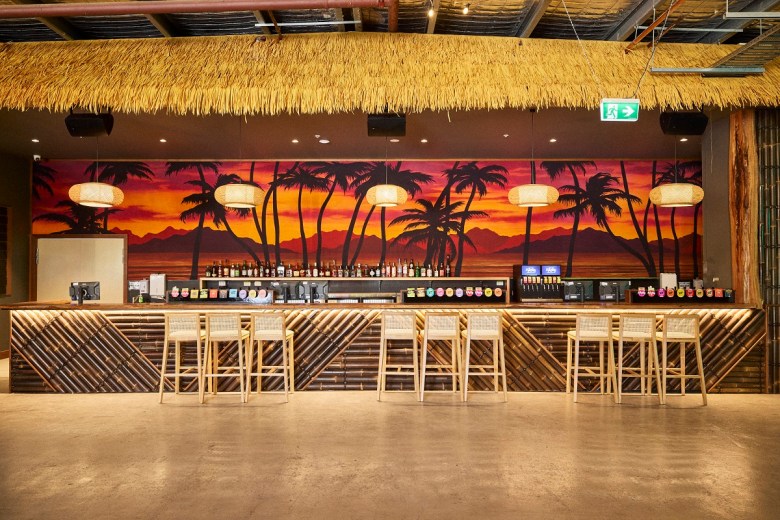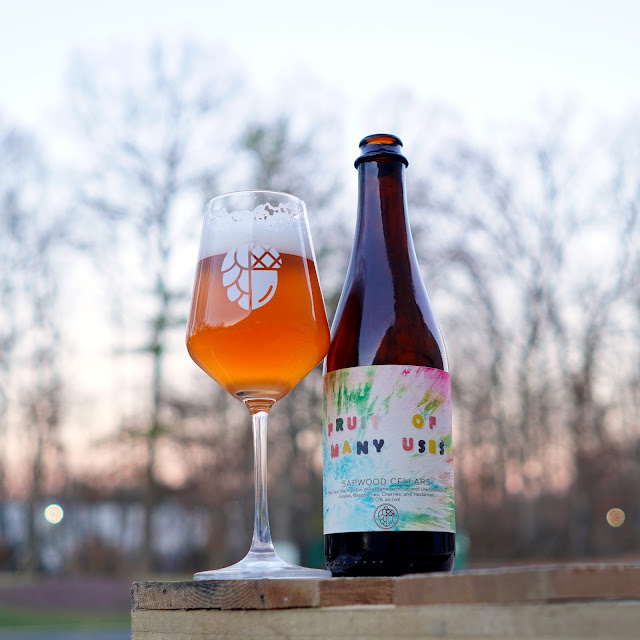Across the U.S., breweries are transforming cabins, lodges, and inns into boutique stays that go beyond the pint—immersive getaways where beer, place, and hospitality come together.
The post Beer’s Boutique Lodging Destinations appeared first on CraftBeer.com.
 The brewery kicks off its weekend-long invitational across several venues today, featuring four new beers and celebrating all things IPA.
The brewery kicks off its weekend-long invitational across several venues today, featuring four new beers and celebrating all things IPA.  Sanctus Brewing’s new XPA, Independent’s Day, shines a spotlight on the challenges facing Australia’s indie brewers in a consolidated market.
Sanctus Brewing’s new XPA, Independent’s Day, shines a spotlight on the challenges facing Australia’s indie brewers in a consolidated market. 
 Moon Dog Beach Club in Frankston will open its doors on 20 December offering four bars and a beer garden.
Moon Dog Beach Club in Frankston will open its doors on 20 December offering four bars and a beer garden.  The brewery will be celebrating the milestone limited release with a complimentary tasting, including other new beers, on 29 August.
The brewery will be celebrating the milestone limited release with a complimentary tasting, including other new beers, on 29 August.  The Queensland-exclusive beer is designed to offer beer drinkers a premium option for celebrating life's milestones.
The Queensland-exclusive beer is designed to offer beer drinkers a premium option for celebrating life's milestones.  After nine years as a craft beer hub for WA, Dutch Trading Co. is closing, with the owners planning to transform the venue into something new.
After nine years as a craft beer hub for WA, Dutch Trading Co. is closing, with the owners planning to transform the venue into something new.  From Irish stout to hazy pale ales, Beer & Brewer rounds up the best non-alcoholic beers for Dry July.
From Irish stout to hazy pale ales, Beer & Brewer rounds up the best non-alcoholic beers for Dry July. 
 Son of A Nun Mid Strength joins the core range of beers, made for lager lovers in search of guilt-free beverages.
Son of A Nun Mid Strength joins the core range of beers, made for lager lovers in search of guilt-free beverages. 















 The awards were dominated by Australian breweries Stone & Wood and Brick Lane Brewing, as well as New Zealand’s Garage Project.
The awards were dominated by Australian breweries Stone & Wood and Brick Lane Brewing, as well as New Zealand’s Garage Project. 